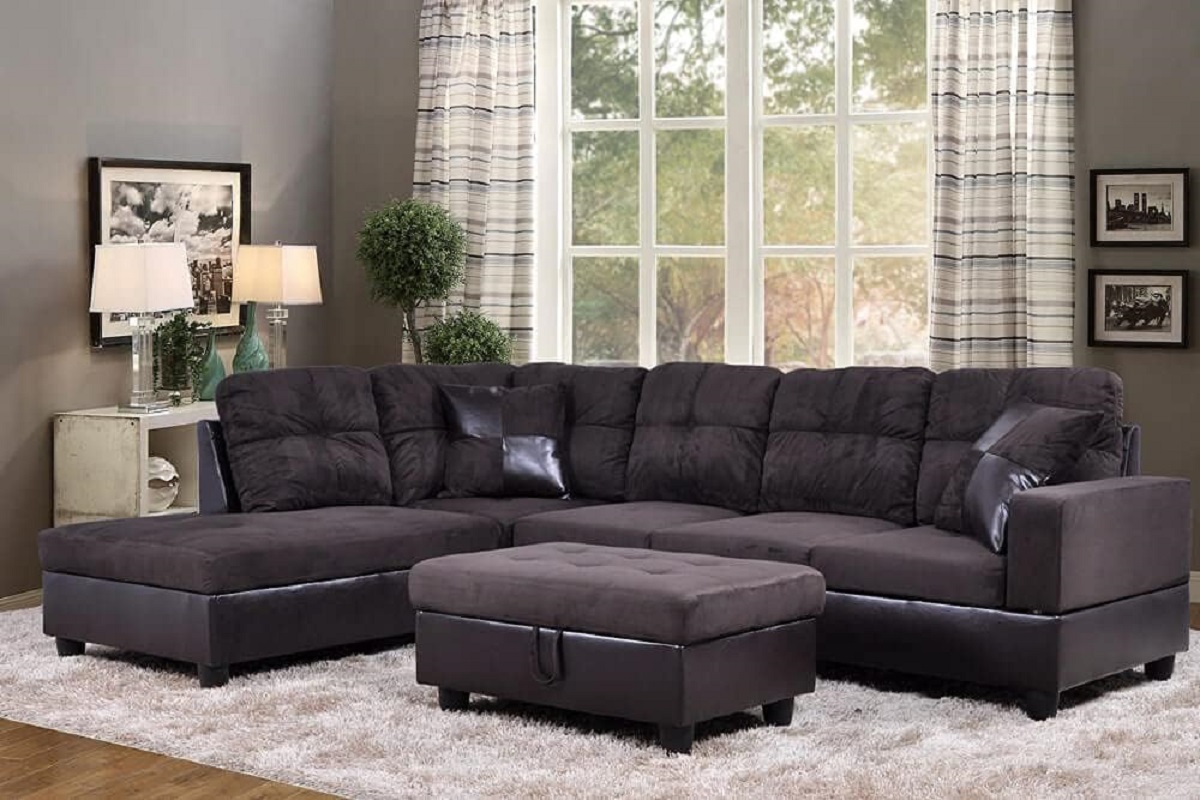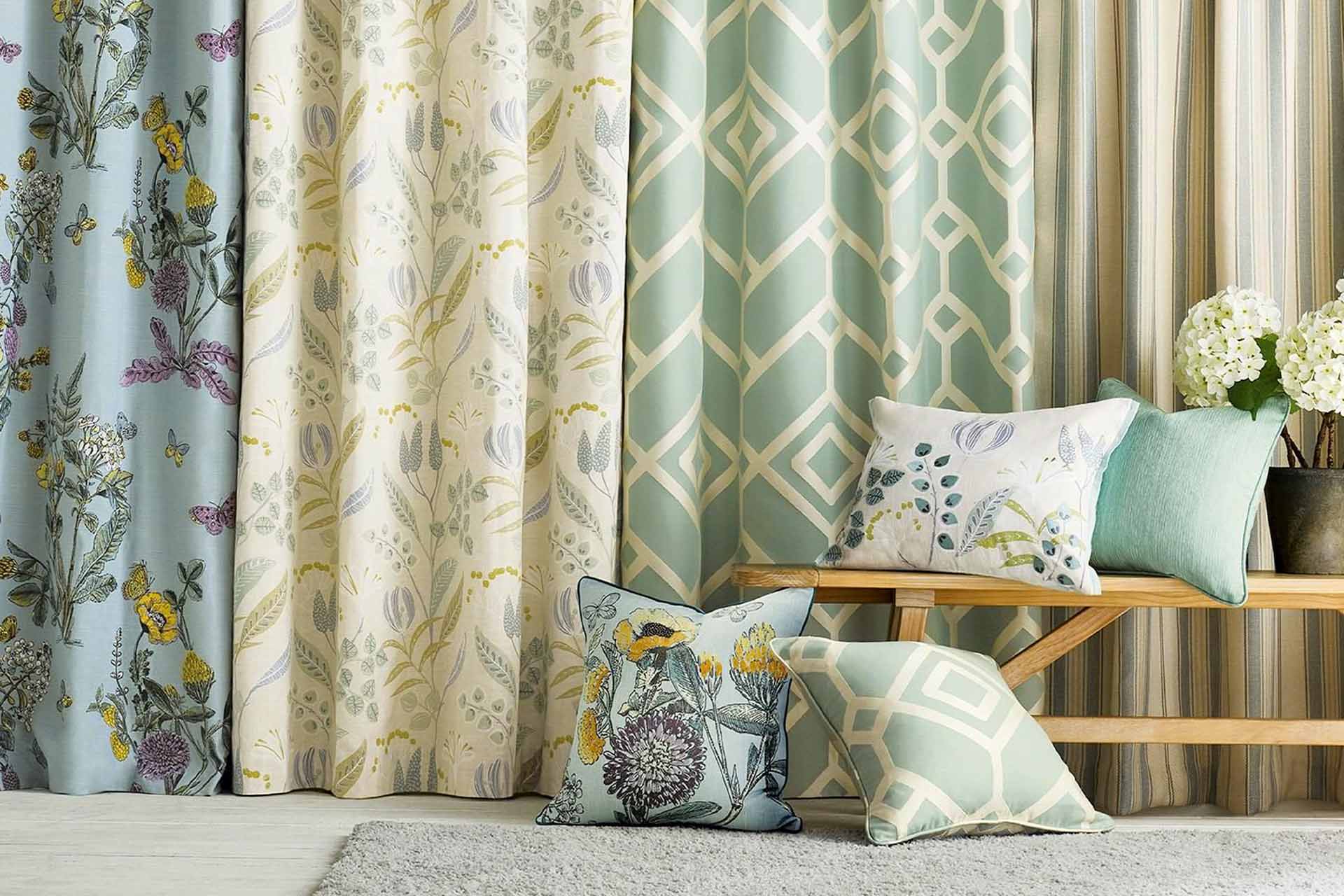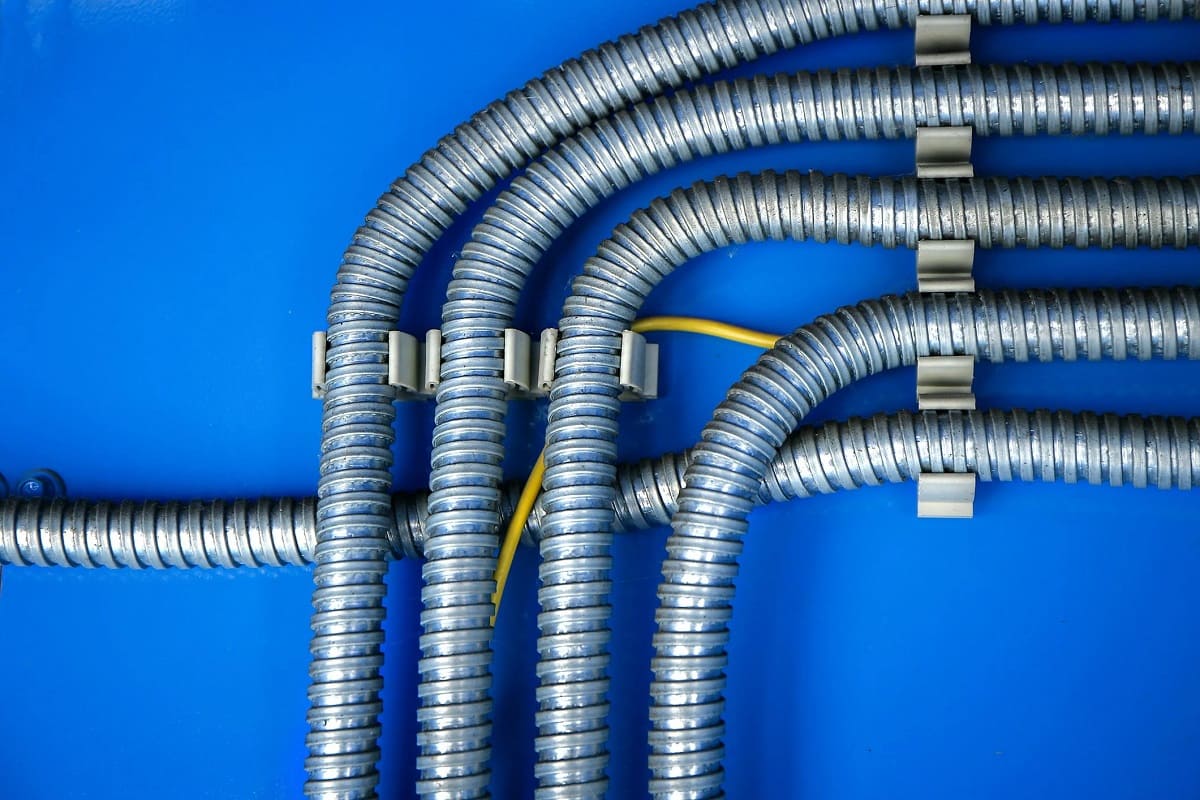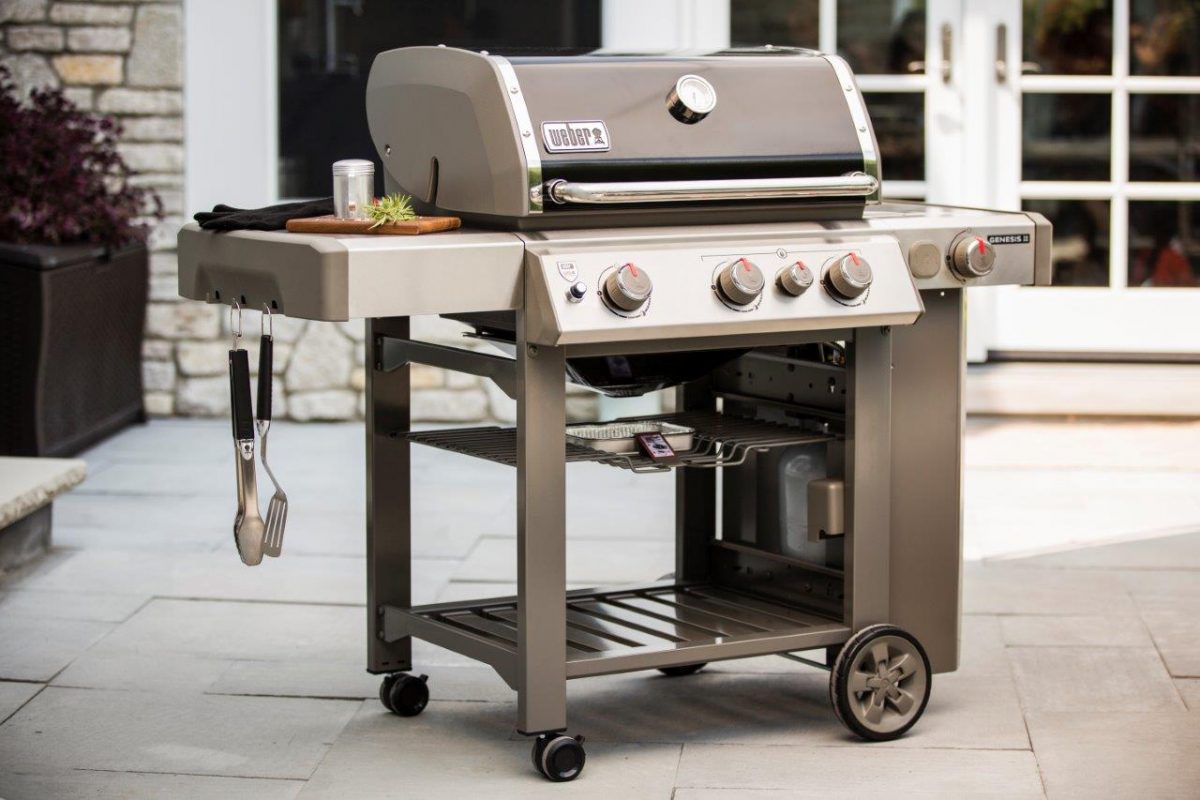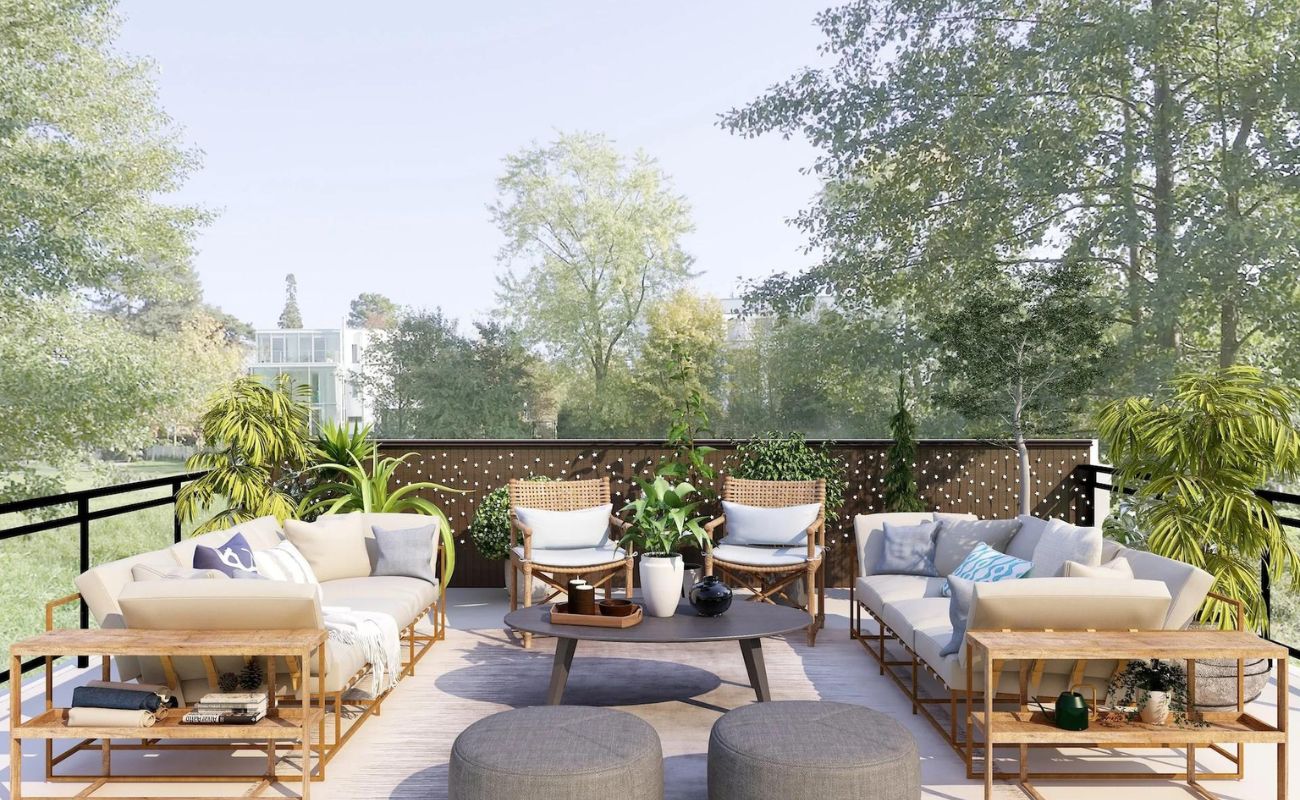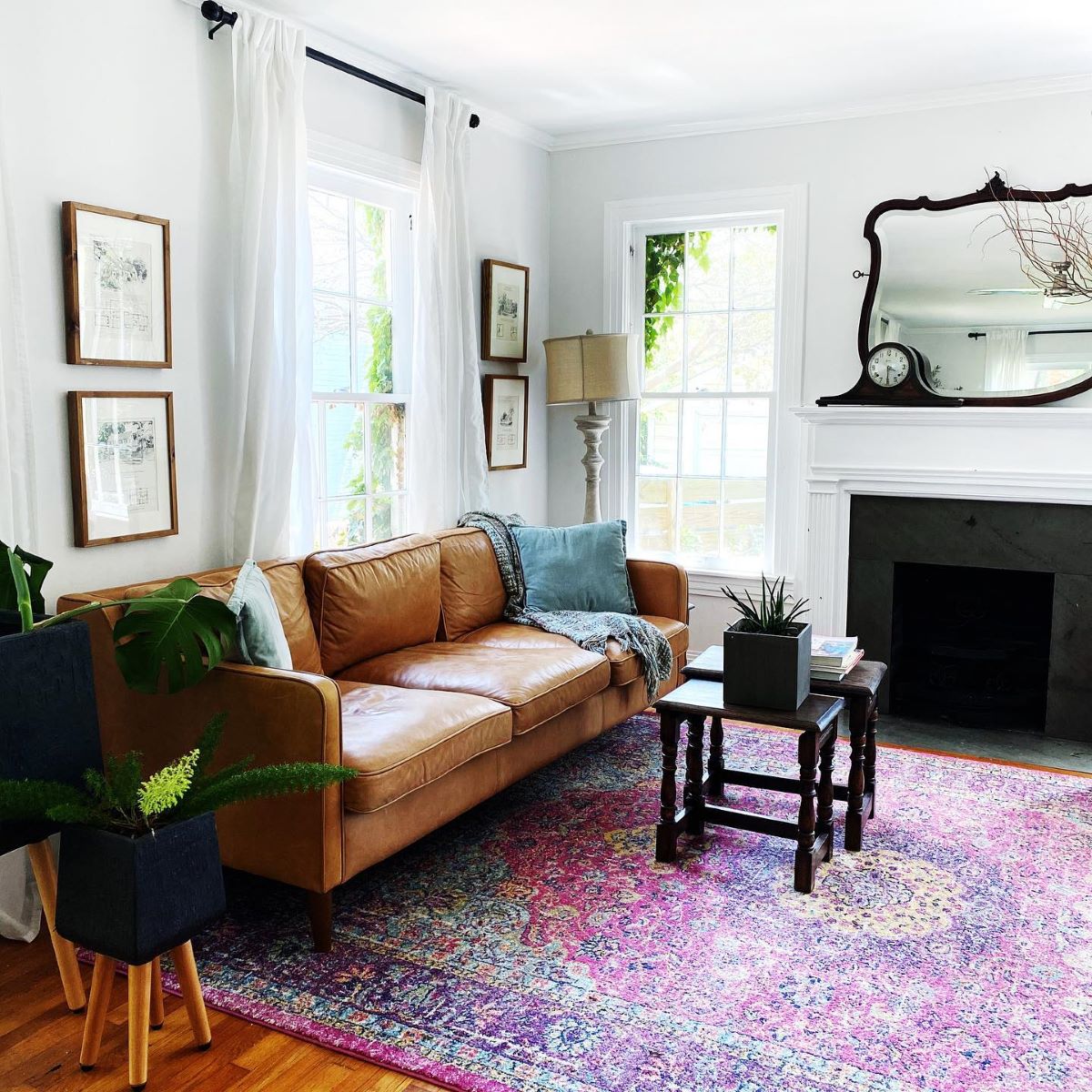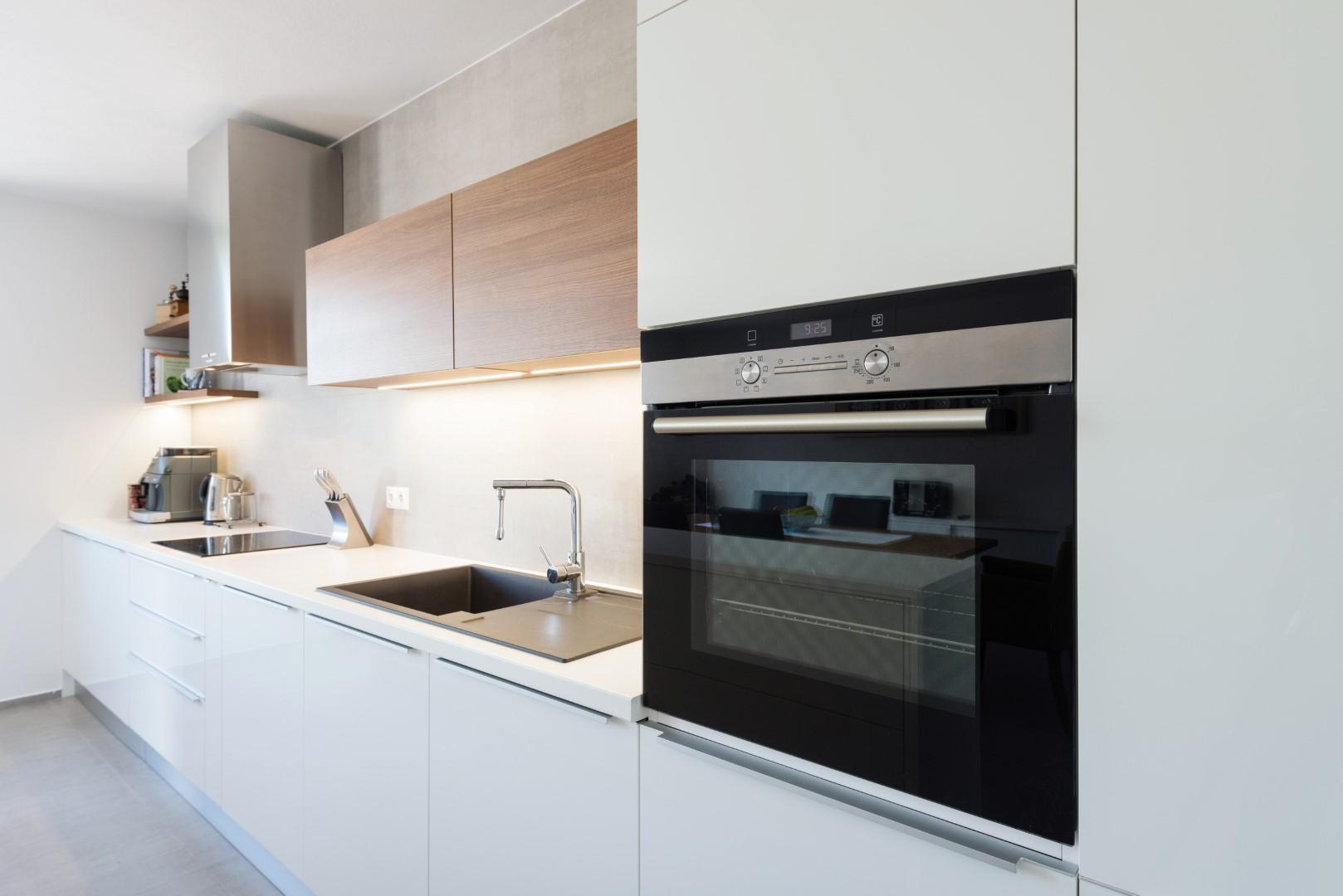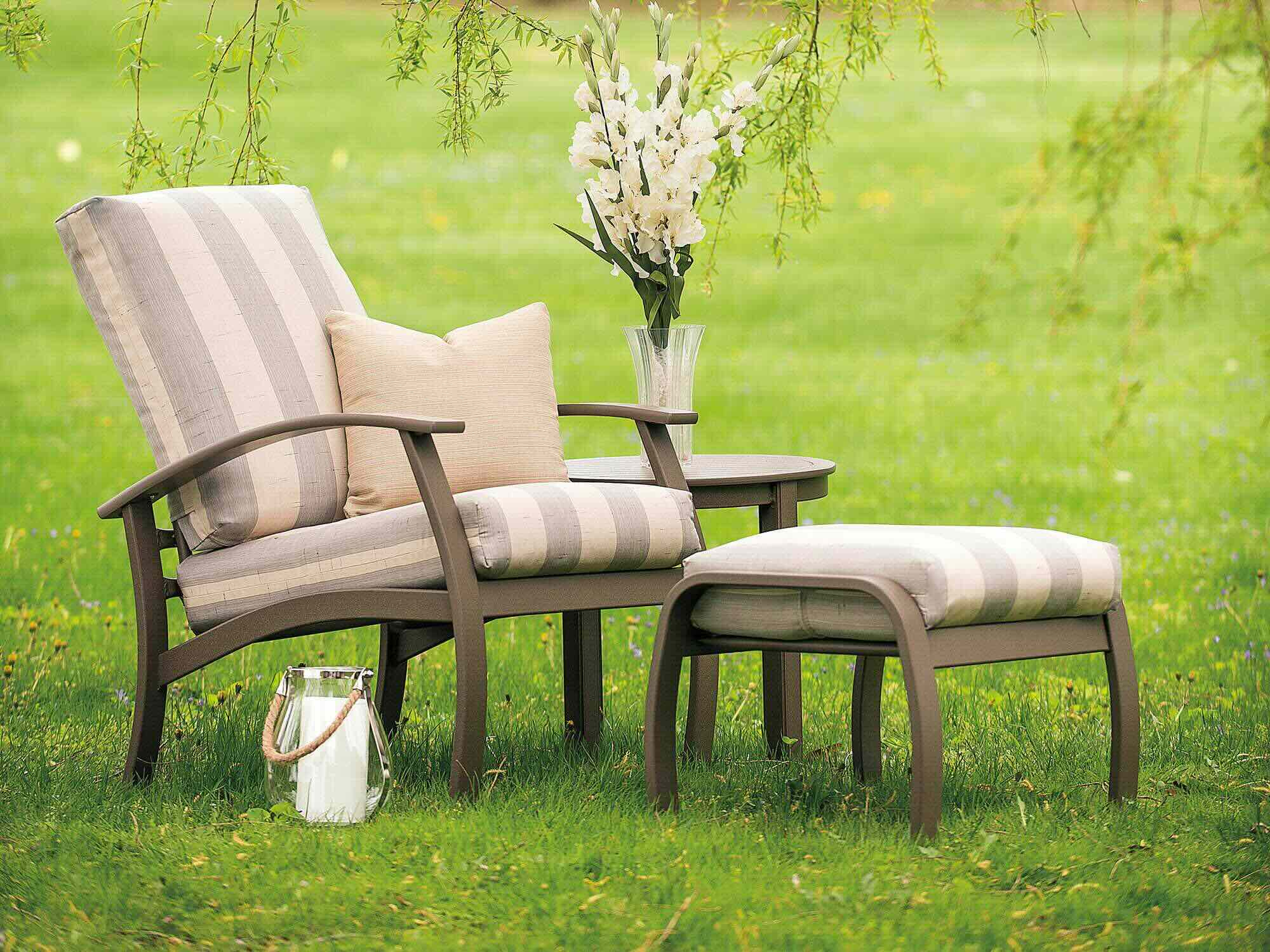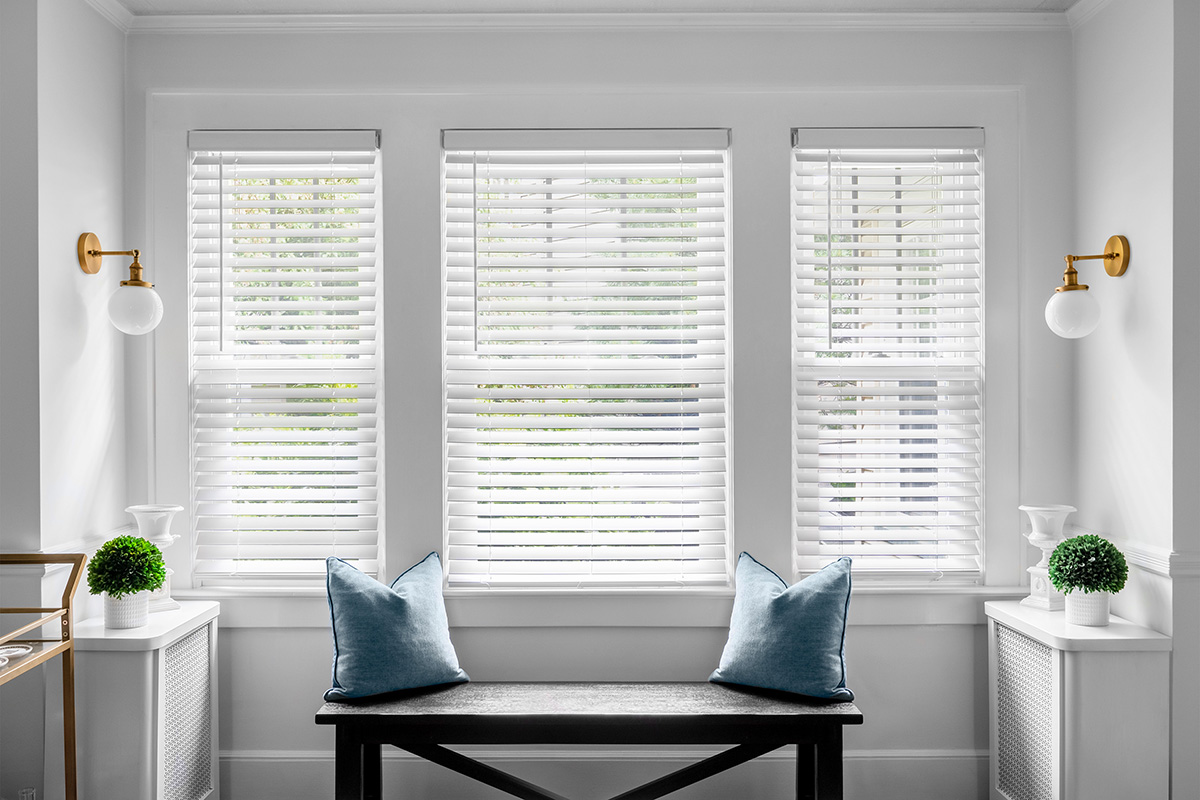

Articles
Why Are Blinds Expensive
Modified: December 7, 2023
Discover why articles about blinds are expensive. Gain insights into the factors that contribute to the higher cost of blinds and explore cost-effective alternatives.
(Many of the links in this article redirect to a specific reviewed product. Your purchase of these products through affiliate links helps to generate commission for Storables.com, at no extra cost. Learn more)
Introduction
Blinds are a popular choice for window treatments, offering both functionality and style. However, one common question that homeowners often ask is why are blinds so expensive? The cost of blinds can vary greatly depending on various factors. Understanding these factors can help provide insights into the pricing structure and why blinds may seem expensive compared to other window treatment options.
The purpose of this article is to explore the reasons behind the higher price tags of blinds. By delving into the factors that influence their cost, we can gain a better understanding of why these window coverings are priced the way they are.
Let’s dive into the key factors that contribute to the expense of blinds.
Key Takeaways:
- Blinds are expensive due to factors like material quality, customization options, and brand reputation. Understanding these factors helps homeowners make informed decisions about their window treatments.
- Comparing blinds to other window treatments, such as curtains, shutters, shades, or window films, is crucial for determining the best choice based on budget and preferences. Each option offers unique advantages and price ranges.
Read more: Why Are Pillows So Expensive
Factors affecting the cost of blinds
When it comes to the cost of blinds, several factors come into play. Understanding these factors can help homeowners make an informed decision about their window treatment investment. Here are three key factors that influence the price of blinds:
- Material quality: One of the primary factors that affect the cost of blinds is the quality of the materials used. High-quality materials, such as hardwood, faux wood, or premium fabrics, often come with a higher price tag. These materials are not only durable but also offer a luxurious and elegant look to your windows. On the other hand, blinds made from lower-quality materials may be cheaper but may not offer the same level of durability and aesthetic appeal.
- Size and style: The size and style of the blinds can also impact their price. Larger blinds require more material to cover the window, which can make them more expensive. Additionally, certain styles, such as roman blinds or vertical blinds, may require specialized mechanisms or additional fabric, which can add to the overall cost. It’s important to consider both the size and style of the blinds when determining the budget for your window treatments.
- Customization options: Blinds that offer a wide range of customization options often come with a higher price tag. Customization allows you to tailor the blinds to your specific needs and preferences. This can include choosing specific colors, patterns, or textures, as well as adding motorization or remote control features. While standard blinds may be more affordable, opting for customizable options can provide a personalized touch but may result in higher costs.
These factors, along with others such as brand reputation and market demand, all play a role in determining the cost of blinds. By considering these factors, homeowners can make a more informed decision and choose blinds that best fit their budget and aesthetic preferences.
Brand reputation and market demand
The brand reputation and market demand of blinds also contribute to their pricing. Well-established and reputable brands often have higher-priced products due to their brand recognition and perceived quality. These brands have invested in research and development, ensuring that their blinds are made with high-quality materials and innovative designs.
Consumers are often willing to pay a premium for blinds from reputable brands because they trust the brand’s reputation for durability, functionality, and customer satisfaction. These brands also tend to offer warranties and after-sales support, which can add value to the purchase.
Market demand is another factor that affects the pricing of blinds. If a particular style or design of blinds is highly popular and in-demand, it can drive up the price. Limited availability of certain materials or production constraints can also affect market demand and ultimately impact the pricing of blinds.
It is important to note that while reputable brands and high market demand can result in higher prices, they also often signify superior quality and customer satisfaction. However, it is always recommended to research and compare different brands and options before making a purchase decision to ensure that you get the best value for your money.
Ultimately, the brand reputation and market demand of blinds contribute to their pricing, and homeowners should consider both factors when evaluating their window treatment options.
Additional features and accessories
Blinds offer more than just privacy and light control. They can also come with additional features and accessories that add convenience and functionality to your window treatments. These extra features can contribute to the overall cost of blinds.
One popular additional feature is motorization. Motorized blinds allow you to open and close your blinds with the touch of a button or through a remote control. This feature adds convenience, especially for hard-to-reach windows or large window treatments. However, motorized blinds typically come at a higher price compared to manual blinds due to the added technology and installation requirements.
Another aspect that can impact the cost is the type of operation mechanism. Some blinds have standard cord controls, while others have upgraded cordless or wand controls. These features not only improve safety, especially for households with children or pets, but also enhance the overall aesthetics of the blinds. However, blinds with enhanced control mechanisms may have a higher price point compared to basic cord-operated blinds.
In addition to motorization and control options, there are also various accessories that you can add to your blinds. These accessories can range from decorative valances and cornices to tiebacks or holdbacks for curtains. While these accessories may not be essential to the functionality of your blinds, they can provide a more finished and customized look to your window treatments.
Keep in mind that the availability of additional features and accessories may vary depending on the type and style of blinds. Some blinds may offer a wide range of options, while others may have more limited choices. Evaluating your needs and preferences and considering the additional features and accessories can help determine the overall cost of your blinds.
It is important to note that while additional features and accessories can increase the cost of blinds, they also provide added convenience, functionality, and aesthetic appeal to your window treatments.
When considering the cost of blinds, keep in mind that the price can be influenced by factors such as the quality of materials, custom sizing, and special features like motorization or blackout capabilities. It’s important to weigh the benefits of these features against the cost to determine the best value for your needs.
Installation and maintenance costs
When considering the cost of blinds, it is essential to factor in the installation and maintenance expenses. While some homeowners may choose to install the blinds themselves, others opt to hire professional installers. Hiring professionals ensures proper and secure installation, especially for complex or customized blinds. However, professional installation services come at an additional cost.
The complexity of the installation process can also affect the overall cost. For example, installing blinds on windows with special shapes, such as arches or bay windows, may require more expertise and time, thus increasing the installation fee. Additionally, if the blinds require additional brackets or hardware, there may be an extra cost for purchasing these items.
Maintenance costs are another aspect to consider. Blinds, like any other home product, require regular cleaning and maintenance to prolong their lifespan and keep them in good condition. The cost of cleaning supplies or professional cleaning services, if desired, should be taken into account. Some blinds, such as wood or fabric blinds, may also require specific cleaning methods or specialized products, which may incur additional expenses.
Additionally, blinds may need occasional repairs or replacement of individual components such as cords, slats, or mechanisms. These repairs or replacements can add to the overall cost of owning blinds. When selecting blinds, it is important to consider the durability and longevity of the materials and components to ensure that they will withstand regular usage and require minimal maintenance or repairs.
Overall, the costs associated with the installation and maintenance of blinds should be factored into the budget. It is important to assess whether you have the skills and tools required for self-installation and maintenance or if hiring professionals and investing in professional cleaning services is more suitable for your needs.
By considering both installation and maintenance costs, homeowners can make a more accurate assessment of the total investment required for their blinds.
Read more: Why Are Mirrors So Expensive
Comparison to other window treatments
When exploring the cost of blinds, it is helpful to compare them to other window treatment options to see how they stack up in terms of pricing. Here are some key points to consider when comparing blinds to other window treatments:
- Curtains and drapes: Curtains and drapes are a popular alternative to blinds. They come in a wide range of fabrics, patterns, and styles, allowing for a customizable and decorative look. However, curtains and drapes can sometimes be more expensive than blinds, especially if you choose high-quality materials or custom-made options. Additionally, curtains require additional hardware, such as curtain rods or rings, which can add to the overall cost.
- Shutters: Plantation shutters are a classic and elegant option for window treatments. They are typically made from wood or faux wood and offer excellent light control and insulation. Shutters are often more expensive than blinds due to the higher cost of materials and the labor-intensive installation process. However, they can add significant value to a home and are considered a long-term investment.
- Shades: Window shades are another popular alternative to blinds. They come in various styles, such as roller shades, roman shades, or cellular shades, and offer versatility and visual appeal. Shades can range in price depending on the material, size, and customization options. While some shades may have a similar price range as blinds, certain specialty shades or motorized options can be more expensive.
- Window films: Window films are a cost-effective option for privacy and sun protection. They are usually made of adhesive film that is applied directly to the glass. Window films are generally less expensive than blinds or other window treatments, especially if you choose to install them yourself. However, they may not offer the same level of light control or aesthetic appeal as blinds.
When comparing blinds to other window treatments, it is important to consider your specific needs and preferences. Each option has its own advantages and price range. By evaluating factors such as material, style, customization options, and installation requirements, you can make an informed decision and choose the window treatment that best fits your budget and desired outcomes.
Conclusion
In conclusion, the cost of blinds can vary due to several factors. Material quality, size and style, and customization options are key factors that influence the pricing of blinds. Higher-quality materials and larger sizes tend to come with higher price tags, while customization options allow for personalization but may result in increased costs.
Brand reputation and market demand also play a role in the pricing of blinds. Reputable brands often offer higher-priced blinds due to their commitment to quality and customer satisfaction. Market demand can drive up prices, especially for popular styles or designs.
Additional features and accessories, such as motorization or specialized control mechanisms, can increase the cost of blinds. These features add convenience and functionality but often come at a higher price point. Installation and maintenance costs should also be considered, as professional installation and specialized cleaning or repairs can add to the overall expense.
Comparing blinds to other window treatments, such as curtains, shutters, shades, or window films, is important to determine the best choice for your needs and budget. Each option has its own advantages and price range, and it is essential to evaluate factors such as material, style, and installation requirements before making a decision.
When considering the cost of blinds, it is crucial to understand that the pricing reflects the quality, functionality, and customization options that they offer. Investing in high-quality blinds can enhance the aesthetic appeal of your space and provide long-lasting durability.
Ultimately, the decision to purchase blinds should be based on a combination of factors, including budget, personal preferences, and the desired benefits of window treatments. By weighing these aspects carefully, homeowners can make an informed decision and choose blinds that meet their needs in terms of both functionality and affordability.
Frequently Asked Questions about Why Are Blinds Expensive
Was this page helpful?
At Storables.com, we guarantee accurate and reliable information. Our content, validated by Expert Board Contributors, is crafted following stringent Editorial Policies. We're committed to providing you with well-researched, expert-backed insights for all your informational needs.

